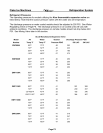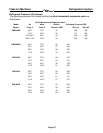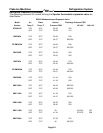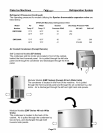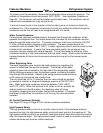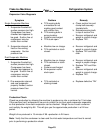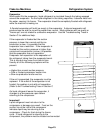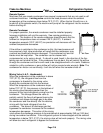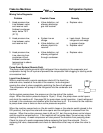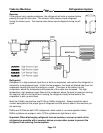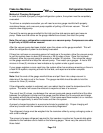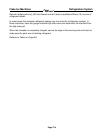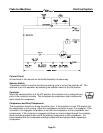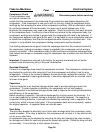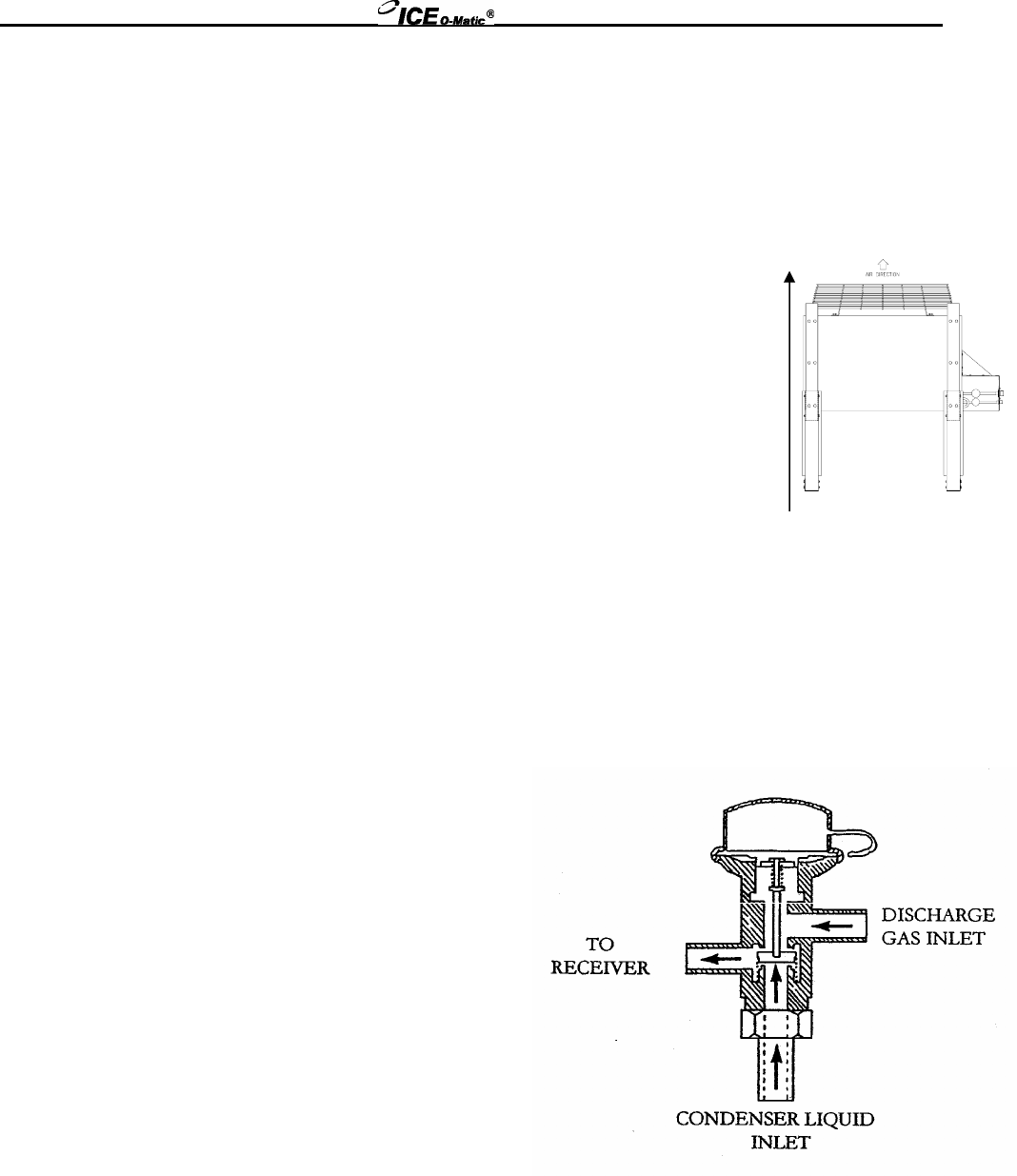
Flake Ice Machines Refrigeration System
Page F10
Remote System
Machines that use remote condensers have several components that are not used in self
contained machines. A mixing valve controls the head pressure when the ambient
temperature at the condenser drops below 70°F (21°C). When the bin fills with ice or is
turned off at the selector switch, the machine will pump all the refrigerant into the receiver
before shutting off.
Remote Condenser
For proper operation, the remote condenser must be installed properly.
Improper installation will void the warranty. See remote guidelines on
page A10. The location of the remote condenser should be such that the
ambient air temperature does not exceed 120°F (48.9°C). If ambient
temperature exceeds 120°F (48.9°C) ice production will decrease until the
ambient temperature decreases.
If the airflow is restricted or the condenser is dirty, the head pressure will
be excessively high, slow production will result and the compressor may
overheat and eventually become damaged. The condenser coil and fan
blades must be kept clean. The condenser can be cleaned with
compressed air or by using a brush. If a brush is used, brush in the direction of the fins
taking care not to bend the fins. If the condenser fins are bent, this will restrict the airflow
through the condenser and the fins will need to be straightened with a fin comb. Problems
related to a dirty condenser or poor airflow will not be covered under warranty. Note: The
condenser fan motor runs continually, it will shut off when the icemaker shuts off.
Air Flow
Mixing Valve (L.A.C., Headmaster)
When the temperature at the condenser is above
70°F (21°C), the refrigerant flow from the
compressor is directed by the mixing valve
through the condenser and into the receiver.
When the temperature at the condenser drops
below 70°F (21°C), the pressure in the bellows of
the mixing valve becomes greater than the
pressure of the liquid refrigerant coming from the
condenser. This change allows the valve to
partially restrict the flow of refrigerant leaving the
condenser and allows discharge gas to by-pass
the condenser and flow directly into the receiver,
mixing with the liquid refrigerant from the
condenser. The amount of discharge gas that
bypasses the condenser increases as the ambient
temperature decreases. This action of the mixing
valve allows the discharge pressure to be maintained at approximately 240 psi (16.5 bar)
during low ambient conditions. If the refrigerant system is undercharged and the ambient
temperature is below 70°F (21°C), the mixing valve will not work properly. The mixing valve
will allow too much refrigerant to bypass the condenser.



